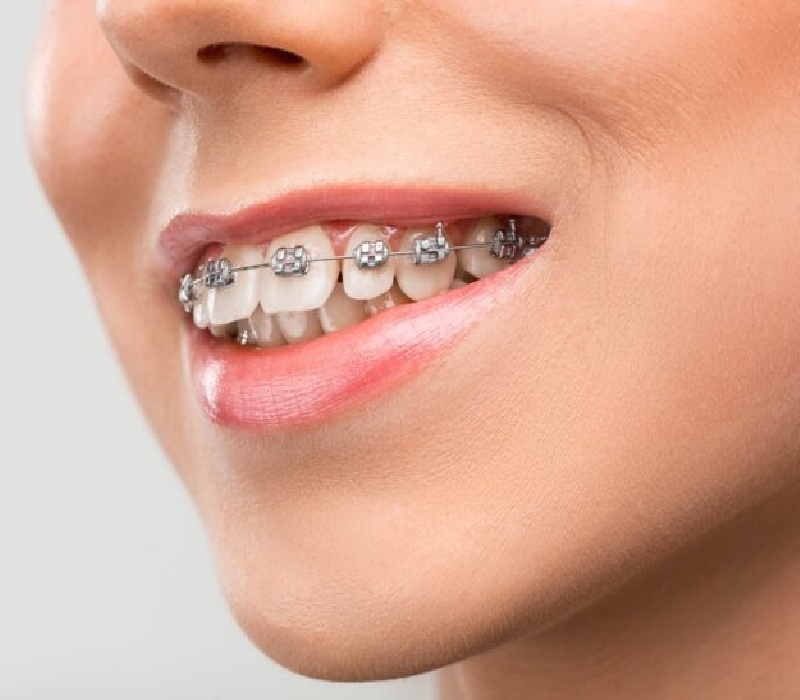
Metal braces are a tried-and-true orthodontic treatment that has helped countless individuals achieve straighter smiles. Made of durable stainless steel, they work by gradually shifting misaligned teeth into proper alignment using brackets, arch wires, and elastics.
Benefits of Metal Braces
- Effective Alignment: Corrects a wide range of orthodontic issues including crowding, gaps, overbites, and underbites.
- Durability: Constructed from high-grade stainless steel, they withstand the forces of tooth movement.
- Affordability: Generally more cost-effective than other orthodontic options.
- Customization: Patients can personalize braces with colorful elastics to make the treatment more enjoyable.
The Treatment Process
- Initial Consultation: An orthodontist evaluates your teeth and jaw with X-rays and impressions to formulate a personalized treatment plan.
- Placement of Braces: Brackets are bonded to the teeth and an arch wire is threaded through to apply pressure for movement.
- Adjustment Visits: Scheduled every 4–6 weeks to monitor progress and adjust wires or bands as needed.
- Oral Hygiene: Daily brushing and flossing are vital to prevent plaque buildup around brackets and wires.
- Diet and Lifestyle: Avoid sticky or hard foods that may damage components of the braces.
- Treatment Duration: Typically ranges from 18 months to 3 years depending on the complexity of the case.
- Retention Phase: After removal, a retainer is worn to maintain alignment and prevent relapse.
Patient Education and Preparation
Your orthodontist will provide guidance on how to care for your braces, including detailed instructions on brushing, flossing, and managing minor discomfort.
Discomfort and Adjustments
Mild discomfort or soreness is common after braces are placed or adjusted. Over-the-counter pain relievers, soft foods, and cold compresses can ease the symptoms.
Oral Hygiene Tips
- Brush at least twice a day with a soft-bristle toothbrush and fluoride toothpaste.
- Use floss threaders or interdental brushes to clean between wires and brackets.
Dietary Considerations
- Avoid sticky, chewy, and hard foods such as gum, popcorn, and hard candies.
- Cut solid foods into small, manageable pieces to avoid dislodging brackets or wires.
Maintenance and Repairs
Attend all scheduled visits for timely adjustments and maintenance. If a bracket or wire breaks, contact your orthodontist promptly—do not attempt repairs at home.
Lifestyle Considerations
If you engage in contact sports, wear a mouthguard to protect your braces and teeth. Avoid habits like chewing on pens or fingernails which can damage the braces.
Regular Follow-Up Visits
Routine appointments ensure teeth are moving as planned and help address any issues early. These visits are key to successful outcomes.
Post-Treatment Care
After braces are removed, a retainer is typically worn to maintain results. Follow your orthodontist’s advice on retainer care and usage.
Conclusion: Metal braces remain one of the most reliable and affordable solutions for correcting dental misalignments. With proper care, regular visits, and guidance from your orthodontist, you can achieve lasting results and enjoy a healthier, straighter smile.
